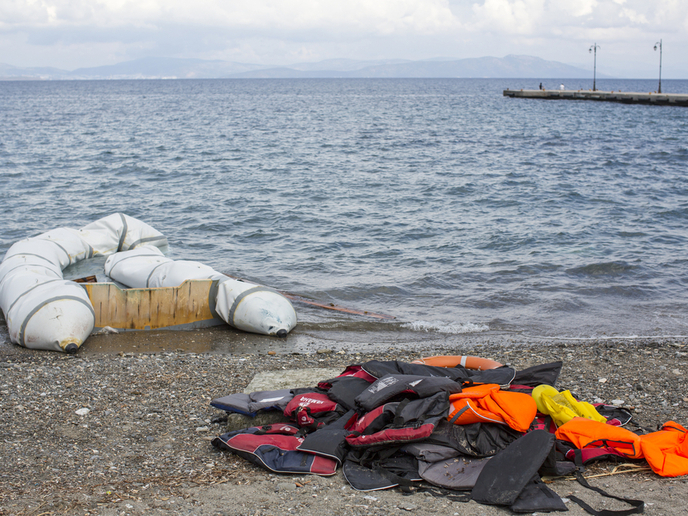Making history: crafting a shared cultural identity in Europe
The European Heritage Label is a scheme launched in 2006 that recognises buildings, documents, monuments and events which are seen as milestones in the creation of modern Europe. It’s one of a number of programmes that seek to foster a European identity through a shared cultural heritage, contrasted to ideas of national identity. The www.jyu.fi/euroherit (EUROHERIT project) sought to examine these programmes critically, investigating the political and social drivers that shape the notion of a European identity. “Through these initiatives the very idea of common or shared European cultural heritage is governed and created,” says project coordinator Tuuli Lähdesmäki. “These are institutions that are not only seeking to promote the existing cultural heritage, but at same time setting out what it might mean.”
Colonial history
The narrative of this heritage, says Lähdesmäki, stems from the EU’s values discourse, such as those expressed in the Treaty of Lisbon: equality, tolerance, human rights and more. It ties those to physical places and environments which manifest these values. “There are interesting elements in how the heritage discourse promotes the idea of the EU as a representative of these different values, in a way that might be a bit difficult to object to,” adds Lähdesmäki. “In a way, if you were objecting to the heritage narrative, then you are against these core values – democracy, peace and so on. That kind of implicit tone is included in this heritage discourse.” The project of cultivating a shared European identity also meant articulating what was not European – the creation of an ‘other’, according to Lähdesmäki. “The sites given this award are not dealing with the history of minorities, for example, or of colonialism and imperialism, which is also part of the common history of Europe.” “In the future, there will be heritage sites which recognise these elements of European history as part of the EU’s narrative on European cultural heritage.” Lähdesmäki, an associate professor at the University of Jyväskylä(opens in new window) in Finland, says the EUROHERIT project emphasises that no singular body can lay claim to defining Europe’s cultural identity and shared history(opens in new window). “This is an ongoing process in which new perspectives and reinterpretations of the past are constantly emerging. There is no apolitical discussion of cultural heritage, it’s everyone’s task to participate,” explains Lähdesmäki. “Of course, the EU is enabling various projects in which heritage is dealt with, so the EU has an important role in that. But all conservation projects need to consider what they are conserving, and what they are saving for future generations.”
Competing narratives
The project was supported by the European Research Council. “This funding really enables the use of methods that take a longer time, like broad ethnographic research, and without this it would have been impossible to implement,” notes Lähdesmäki. As a result of the project, Lähdesmäki and her team created three policy briefs. One, targeted at Finnish cultural policymakers, encouraged participation in the European Heritage Label scheme – a recommendation that was taken up. The other two, addressed to EU officials, laid out suggestions for ways to improve the process of selecting European Heritage Label sites. “There isn’t one narrative, or one history of Europe’s past; there are competing and contradictory narratives,” concludes Lähdesmäki. “Discussion of Europe’s past is an ongoing process, we need to examine what events from the past we want to remember and share as cultural heritage, and also take into account flexibility, variety and self-reflection, in how we define our cultural heritage, how we tell the story of Europe and its history.”







